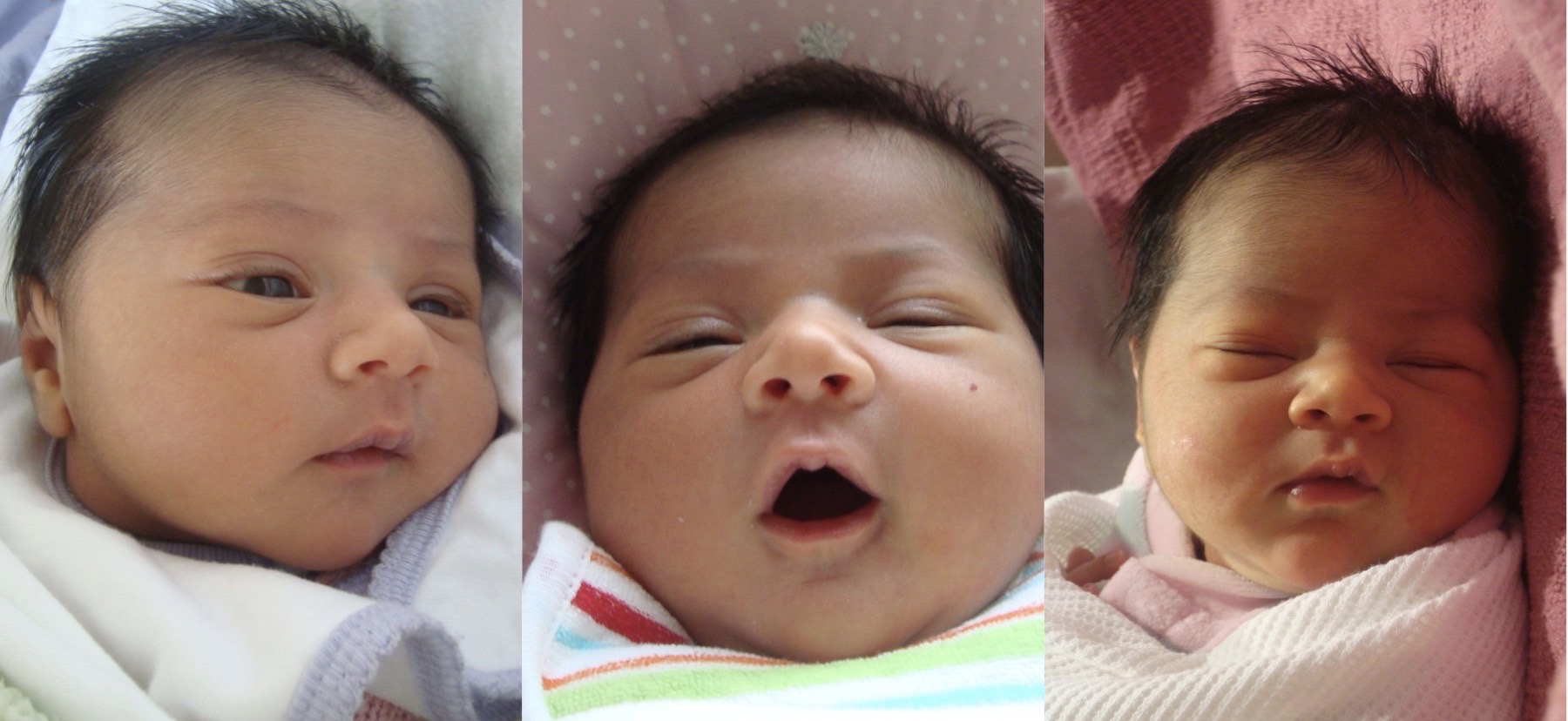The year was 2010 and my husband and I were settling in our new life together in Canada. We were also getting ready to welcome our first baby. I talked about how we dealt with the news of the pregnancy in a previous post. Today I want to talk in detail about how we came about the decision to store our baby’s umbilical cord blood stem cells. I highly urge all expectant parents to consider the factors I will discuss.
[Click here to request a free information kit and a promo code for $271 off]
When we found out that we were expecting, my husband and I were working in different cities and would meet every fortnight over a long weekend. We had some big decisions to make in the next few months, including me moving to Regina to be with Jaffar. As I moved to a new city where I didn’t know anyone I looked for ways to occupy myself. I started volunteering with an organization similar to my previous job and also immersed myself into researching about the soon-to-come role of parenting.
It was during this extensive research that I came across a topic I had not heard of before: umbilical cord blood banking. This could only be done at the time of birth and I realized this was an important topic we needed to read up on to make an informed decision.
Cord blood is the blood that remains in your baby’s umbilical cord at the time of birth. Cord blood is a rich source of stem cells that can be used in place of bone marrow to treat solid tumors, immune deficiencies, blood cancers like leukemias, or genetic diseases. According to Canadian Blood Services, more than 80 diseases and disorders have been treated with a cord blood stem cell transplant (1).
I brought up cord blood banking with my doctor on my next visit and was pleased to hear that she was well-aware of the option and told me that our decision would be supported by the hospital staff. I was happy to know that other parents were also making a similar decision and the birthing staff knew how to help us collect cord blood. All we had to do was order the collection kit and remember to bring it along with us to the hospital!
As we became aware of cord blood banking, we came across research finding that only half of Canadians looking for a bone marrow or cord blood match will ever find one (2). If a stem cell transplant was ever needed, the odds are even bleaker for non-Caucasians like us living in Canada, because some ethnic groups like South Asians have more complex tissue types than other ethnic groups, therefore chances of finding a matching donor for our child would be very low (3).
The best chances of finding a matching stem cell donor may therefore be with someone of the same ethnic background –or—by storing your child’s own cord blood. We decided to store our child’s cord blood as it is a perfect match for our child, and readily available if ever needed, rather than searching global registries to find a donor.
According to “Be the Match”, which is the largest and most diverse marrow registry in the world,as South Asians and Asians, we only have a 41% chance of finding a match within public registries compared to 77% for white ethnicities. See below for a summary of finding a match by ethnic background (3):

We also looked at cord blood banking pricing and decided that the annual cost was equal to a few restaurant meals we could easily forego every year. We felt that this was a small price to pay for a perfect match for our baby. Moreover, there is a greater chance that they may be a match for siblings, compared to unrelated donors from the public registry.
The decision to store cord blood is a time critical one since you can only collect cord blood at the time of birth. Enrolling during our third trimester gave us time to order the collection kit, receive it and have it ready with our hospital bag.

We chose to store with Insception Lifebank because of their years of experience and their commitment to investing in cord blood research.
Your Exclusive Cord Blood Offer:
Request your free cord blood information kit here and you will receive a promo code for up to $271 off cord blood and tissue storage with Insception Lifebank
Disclaimer: This blog post is sponsored by Insception Lifebank. All opinions are my own.
References
- www.blood.ca/en/research/our-research-stories/research-education-discovery/understanding-who-most-wanted-when-it
- www.cbc.ca/news/canada/toronto/programs/metromorning/ethnically-diverse-stem-cell-recipients-1.3853506
- bethematch.org/transplant-basics/matching-patients-with-donors/how-does-a-patients-ethnic-background-affect-matching/

